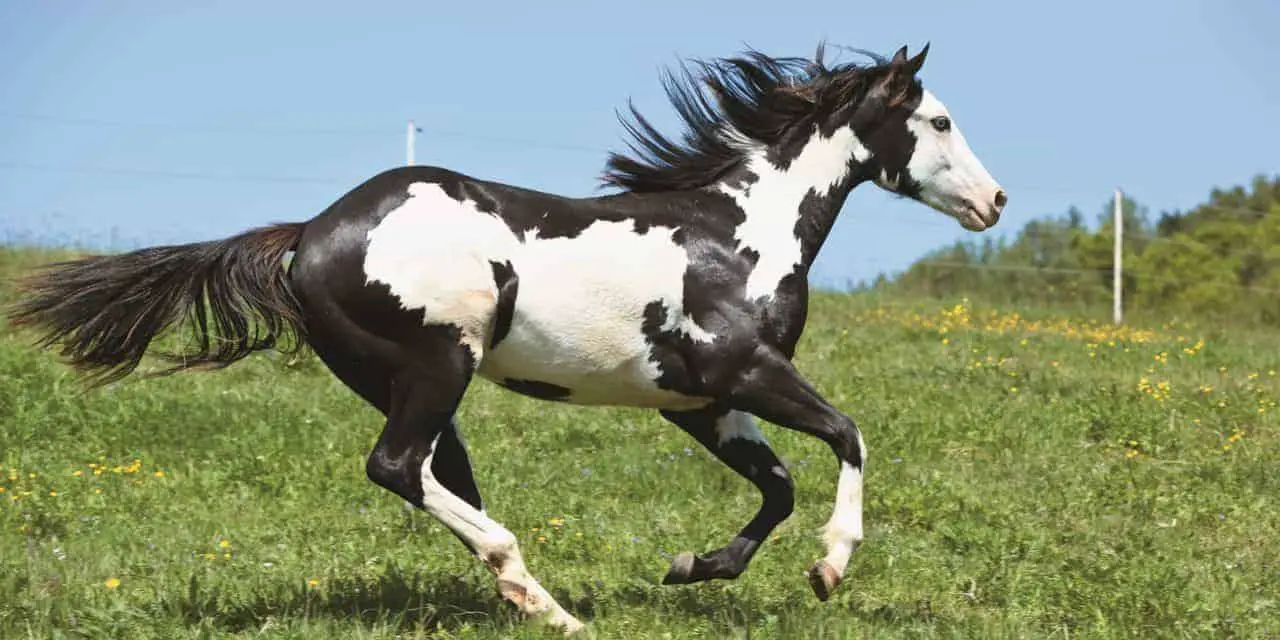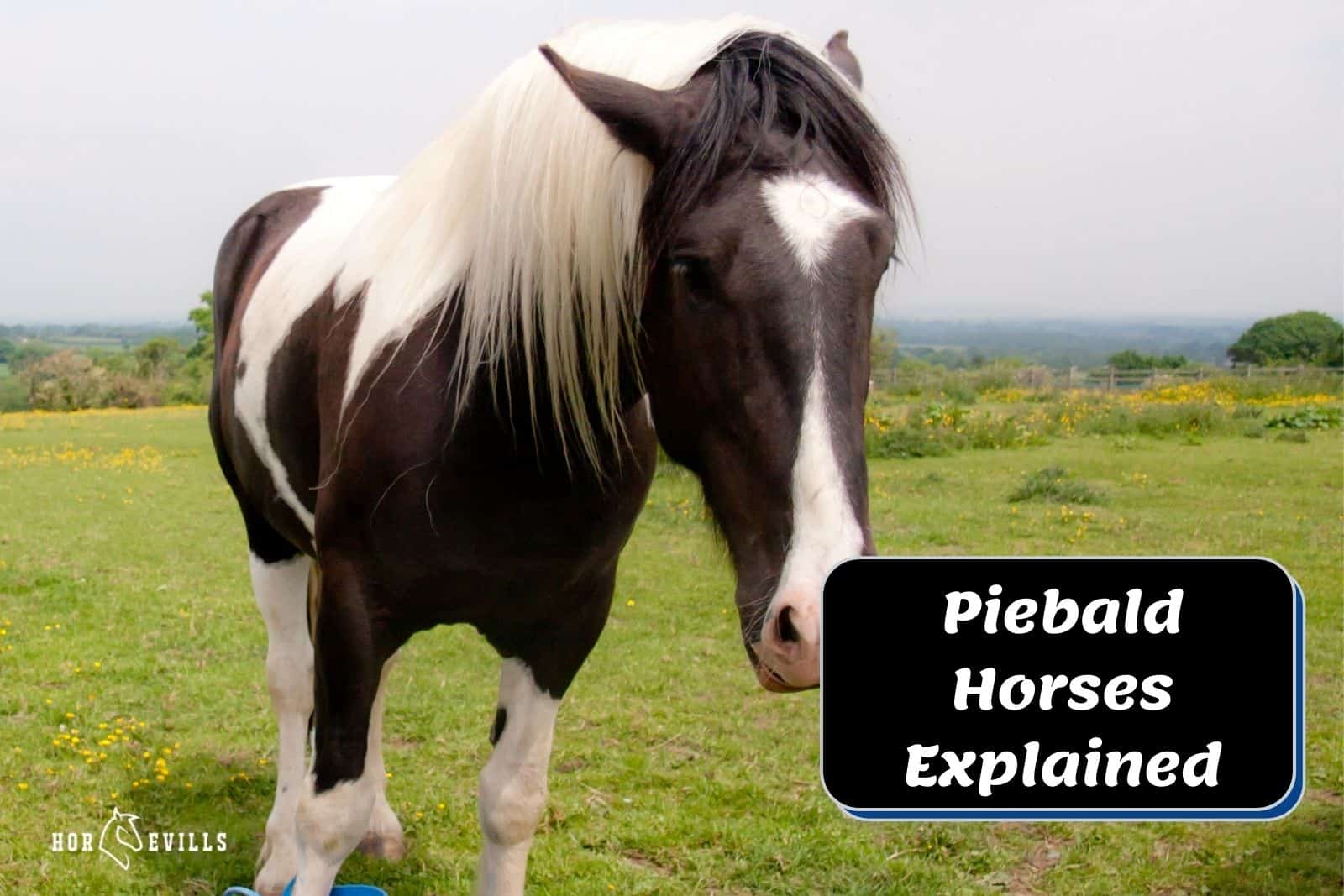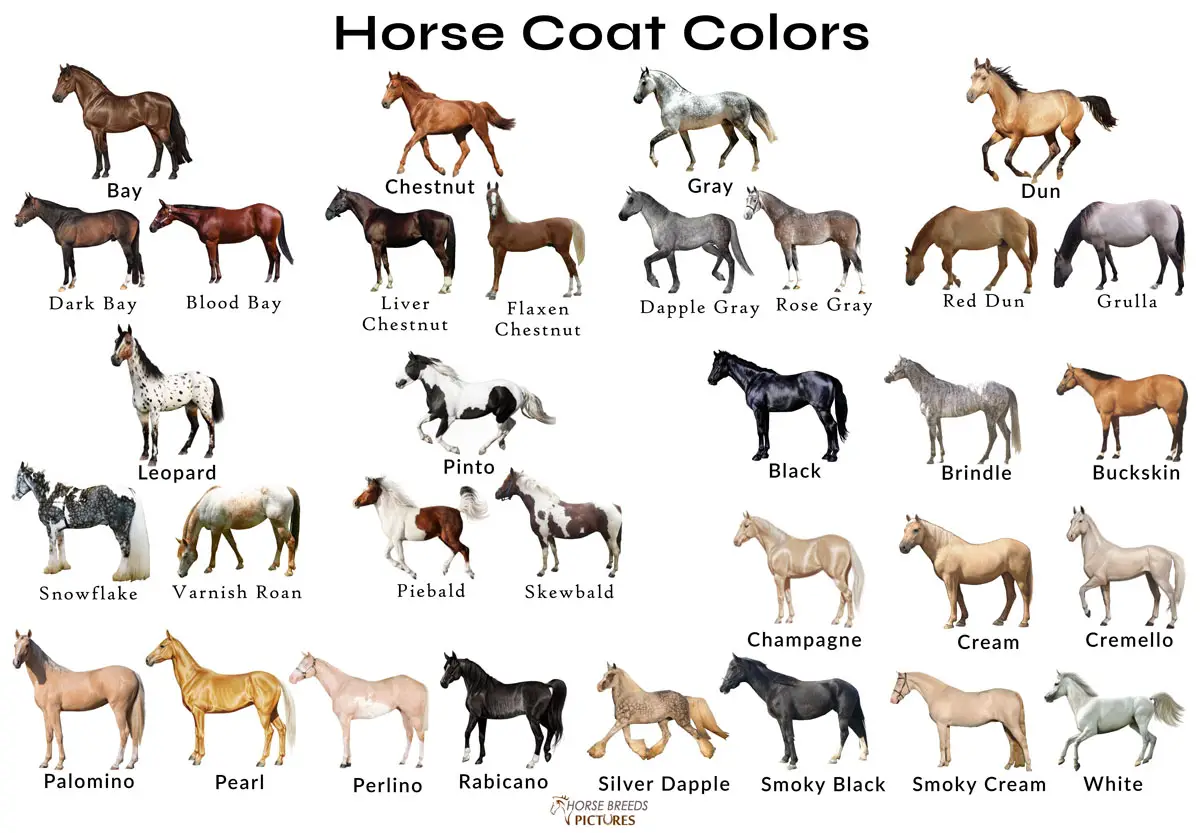The allure of the piebald horse has captivated equestrians and horse enthusiasts for centuries. Known for their distinctive white and black patches, these equines are not only striking in appearance but also rich in history and genetics. In this exploration, we delve into the world of piebald horses, examining their characteristics, patterns, and how they differ from other horses with similar coat variations.
Piebald Horse Characteristics
Piebald horse characteristics are unmistakable, with their coats displaying large, irregular patches of black and white. Unlike other equine coat colors, the contrast is stark, and the distribution of color can vary greatly from one piebald horse to another. Their eyes are often brown, but blue eyes are not uncommon due to the white patterning on their faces.
Equine Coat Colors: An Overview
Equine coat colors are diverse, ranging from single, solid colors to complex patterns involving multiple hues. The base colors, such as bay, chestnut, and black, can be overlaid with patterns like roan, pinto, and dun, creating a tapestry of equine beauty. Understanding these colors provides insight into the rarity and uniqueness of the piebald coloration in horses.
Piebald Horse Patterns

When observing piebald horse patterns, it’s evident that no two horses are exactly alike. This pattern diversity is a result of how the white and black areas are disbursed across their bodies, creating an array of stunning visuals that can range from a few large spots to a coat that is predominantly white with scattered black patches.
Types of Piebald Horses
There are several types of piebald horses, categorized by the specific nature of their coat patterns. Some may exhibit a balanced mix of black and white, while others might have a predominantly white base with fewer black spots. The beauty of these horses lies in their uniqueness, with each individual displaying a one-of-a-kind pattern.
Spotting Patterns in Horses
- Tobiano: This pattern is characterized by large, rounded spots with vertical orientation, often crossing the horse’s back.
- Overo: Overo horses have irregular, jagged markings that typically do not cross the back, and they often have bold white faces.
- Tovero: A combination of the tobiano and overo patterns, tovero horses showcase a mix of traits from both patterns.
Piebald vs Skewbald: Distinguishing the Differences

When considering piebald vs skewbald, it’s important to note that both terms refer to pinto horses, distinguished by their color patterns rather than breed. A piebald horse has black and white patches, while a skewbald horse has white patches combined with colors other than black, such as chestnut, bay, or any other color besides black.
The Genetics Behind Piebald Coloration in Horses

Piebald horse genetics are fascinating, rooted in the interplay of dominant and recessive genes. The piebald pattern is primarily associated with the tobiano gene, which is a dominant trait. This means that only one parent needs to carry the gene for the chance of producing a piebald offspring. Understanding these genetic mechanics helps breeders and enthusiasts appreciate the complexity of equine color inheritance.
Popular Piebald Horse Breeds

While piebald coloration can appear in many horse breeds, certain breeds are known for their prevalence of this pattern. These breeds often celebrate the piebald coat as a breed characteristic, embracing the striking contrast of black and white as a symbol of their heritage.
Examples of Breeds with Piebald Coloration
Popular piebald horse breeds include but are not limited to the Gypsy Vanner, known for its lavish mane and feathering, and the Shire horse, which is both powerful and majestic. American Paint Horses also frequently exhibit piebald patterns, showcasing their Western heritage with pride.
Caring for a Piebald Horse

Caring for a piebald horse involves more than just admiring their beautiful coats. It requires attention to their unique needs and potential health concerns. Ensuring they are groomed regularly is essential to maintain the health and appearance of their distinct coat patterns, while also monitoring for any skin conditions that may arise due to the unpigmented areas of their skin.
If you’re curious about the various types of horses and their distinct characteristics, you’re in for a treat. While you’re exploring the unique patterns of a piebald horse, why not expand your equine knowledge further? Learn about the POA, a versatile breed, by checking out our article on what is a POA horse. If the rich, golden shades of a buckskin horse intrigue you, our piece on what is a buckskin horse is a must-read. And for those interested in the transportation side of equestrian life, don’t miss our insights into what is a horse lorry, an essential for horse owners on the move.
Health Considerations for Horses with Piebald Coats
Owners should be vigilant for signs of skin issues, such as sunburn or irritation, particularly in the white-patched areas that lack melanin. Regular check-ups with a veterinarian can help manage these risks and keep your piebald horse in optimal health. Additionally, protection from the sun, such as using fly sheets or sunblock, can be beneficial in preventing skin problems.



